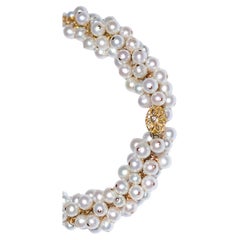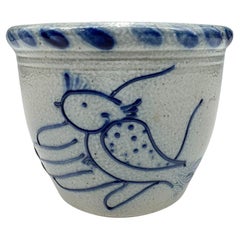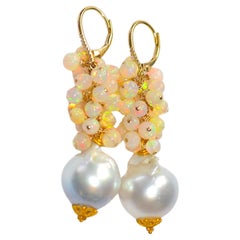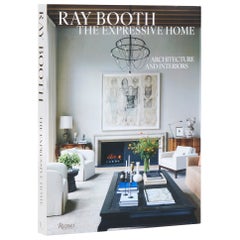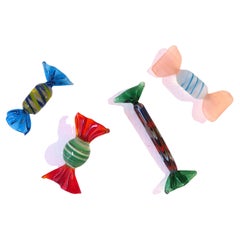New York
21st Century and Contemporary American Art Deco New York
Diamond, Freshwater Pearl, 14k Gold
1990s American Folk Art New York
Ceramic, Pottery, Stoneware
21st Century and Contemporary American Artisan New York
Crystal, Opal, South Sea Pearl, 14k Gold, Yellow Gold
2010s American Brutalist New York
Concrete, Cement
21st Century and Contemporary New York
Paper
Mid-20th Century Italian Mid-Century Modern New York
Murano Glass
1950s French New York
1950s Italian Vintage New York
Porcelain
1990s Italian New York
1980s Photorealist New York
Linocut
1880s Victorian New York
Canvas, Oil
2010s Modern New York
Lithograph
20th Century Greek Revival New York
Lapis Lazuli, 14k Gold, Yellow Gold
Early 1900s American New York
1980s Pop Art New York
Photographic Paper, Pencil, Graphite
2010s New York
Diamond, 14k Gold, Yellow Gold
21st Century and Contemporary Philippine Art Deco New York
Brass
Early 2000s Pop Art New York
Offset
21st Century and Contemporary Philippine Art Deco New York
Brass
20th Century American Art Deco New York
Art Glass, Blown Glass
1980s Pop Art New York
Lithograph, Offset
Late 19th Century English School New York
Watercolor
19th Century Etruscan Revival Antique New York
14k Gold, Yellow Gold
Late 20th Century Post-Modern New York
Velvet, Wood
Mid-20th Century American Mid-Century Modern New York
Metal
1930s American Art Deco Vintage New York
Walnut, Lacquer
2010s Italian New York
Mid-20th Century Italian Bauhaus New York
Chrome
2010s Italian New York
1880s Czech Antique New York
Garnet, Gold
1990s New York
Offset
21st Century and Contemporary English Byzantine New York
Amethyst, Diamond, Sapphire, 18k Gold, Yellow Gold
Early 17th Century Turkish Antique New York
Pottery
20th Century American New York
Diamond, Gold
2010s New York
Offset
Early 20th Century French School New York
Etching, Drypoint
Early 19th Century Georgian Antique New York
Amethyst, Diamond, 14k Gold
1980s French New York
21st Century and Contemporary Philippine Art Deco New York
Brass
1990s French New York
1990s Abstract Expressionist New York
Lithograph, Offset
21st Century and Contemporary Philippine Art Deco New York
Brass
19th Century Gothic Antique New York
Walnut
20th Century New York
Diamond, 14k Gold, Yellow Gold
1990s Street Art New York
Resin, Mixed Media
20th Century American Art Deco New York
Chrome
1990s Color-Field New York
Acrylic, Permanent Marker, Lithograph, Offset
21st Century and Contemporary American Art Nouveau New York
Diamond, Emerald, Silver, Sterling Silver
21st Century and Contemporary American Contemporary New York
Zircon, Silver, Sterling Silver
20th Century Edwardian New York
Diamond, Opal, Ruby, 14k Gold, Yellow Gold
2010s American New York
1990s American Modern New York
Offset
Late 19th Century Victorian Antique New York
Diamond, Emerald, Gold, Yellow Gold
21st Century and Contemporary American Art Deco New York
Sapphire, Blue Sapphire, Silver, Sterling Silver
2010s New York
Diamond, Quartz, 14k Gold, Yellow Gold
21st Century and Contemporary American Art Nouveau New York
Sapphire, Blue Sapphire, Silver, Sterling Silver
Late 19th Century English School New York
Watercolor, Board, Handmade Paper
Early 20th Century American Arts and Crafts New York
Glass
1980s Pop Art New York
Offset
